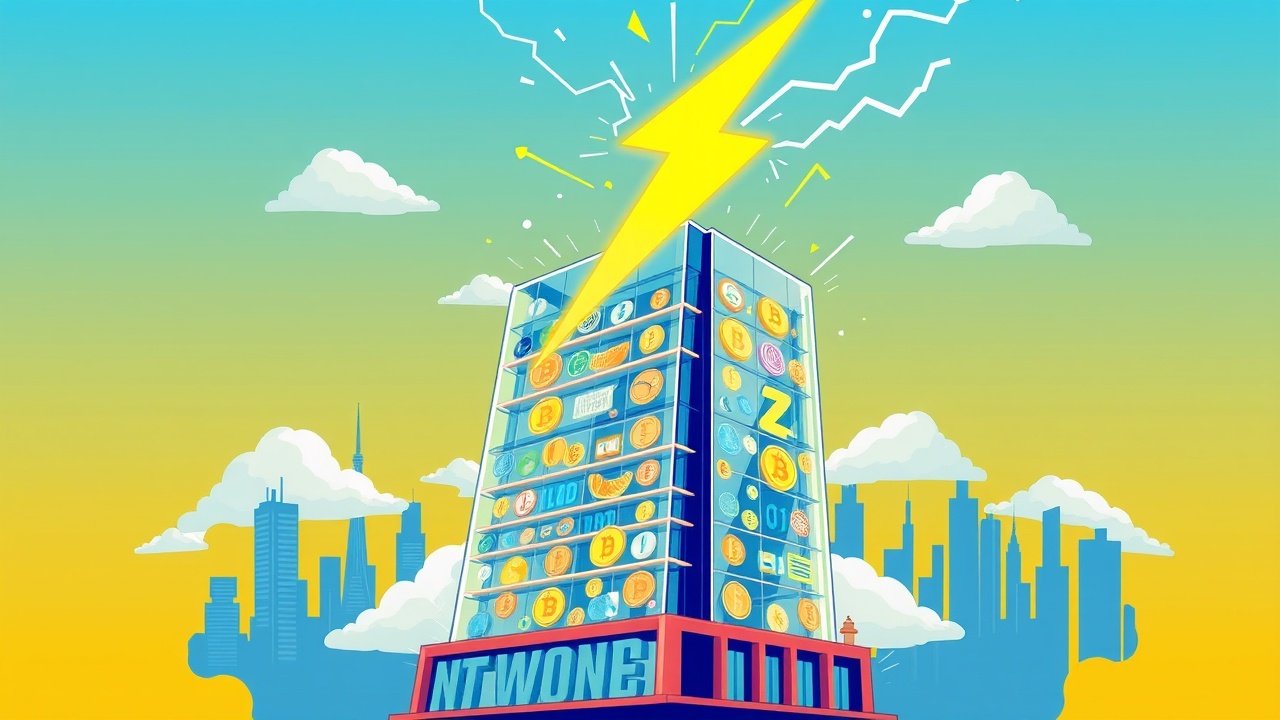The Time2Build Initiative
The Time2Build initiative, spearheaded by Breez, is incentivizing developers to enhance existing open-source projects by integrating its Bitcoin Lightning Network software development kit (SDK). The primary goal of this effort is to foster sustainable adoption rather than merely promoting temporary projects or experiments.
As announced on Tuesday by the company in a statement to Cointelegraph, this initiative is structured differently from traditional hackathons or bounty programs since it compensates developers for meaningful contributions to code that is subsequently accepted by project maintainers.
This careful approach guarantees that the features developed will be utilized by actual users.
Funding Qualifications
To qualify for funding, the projects must adhere to a free and open-source software (FOSS) licensing scheme, possess an engaged community, and have a legitimate user base. The focus is firmly placed on achieving long-term adoption of the technology instead of short-term proof-of-concept demonstrations.
Partnerships and Incentives
Breez has partnered with several notable organizations such as Lightspark—a company that specializes in Lightning Network technology—stablecoin leader Tether, and Bitcoin education entity Plan ₿ Network. These partners have contributed to a pooled prize fund, and in addition, DraperU and PlebLab are offering special residencies as further incentives for participants.
The Breez API
The Breez API stands out as an open-source solution tailored for developers aiming to seamlessly integrate self-custodial Lightning capabilities into their applications without compromising control over users’ assets. The SDK is free for developers and also allows compatibility with the third-party Lightning service, Spark, from partner LightSpark.
The Lightning Network
As a scaling solution for Bitcoin, the Lightning Network is designed to restore Bitcoin’s role as a payment method, achieving instant, cost-effective, and trustless transactions conducted off-chain that can later settle on-chain. Recent analyses highlight its robustness, indicating it may facilitate Bitcoin transactions as far as Mars in the future.
Currently, the Lightning Network encompasses approximately 1,600 nodes and over 43,500 payment channels, capable of processing transactions equivalent to 3,869 BTC, translating to over $480 million.
Broader Adoption
Moreover, there has been a noted uptick in the adoption of the Lightning Network by various sectors beyond cryptocurrency. For instance, in August, SoFi Technologies was reportedly preparing to become the first American bank to utilize the Bitcoin network, enabling cross-border transactions via the Lightning Network. Additionally, earlier this year in April, the multinational grocery chain Spar accepted Lightning Network payments in a city in Switzerland.
Looking ahead, there’s significant anticipation for broader adoption as the network extends its capabilities. In January, Tether revealed intentions to introduce its USDt stablecoin onto the Lightning Network, while Voltage’s CEO, Graham Krizek, predicted that this layer-2 technology could handle 5% of the worldwide stablecoin transaction volume by 2028.




